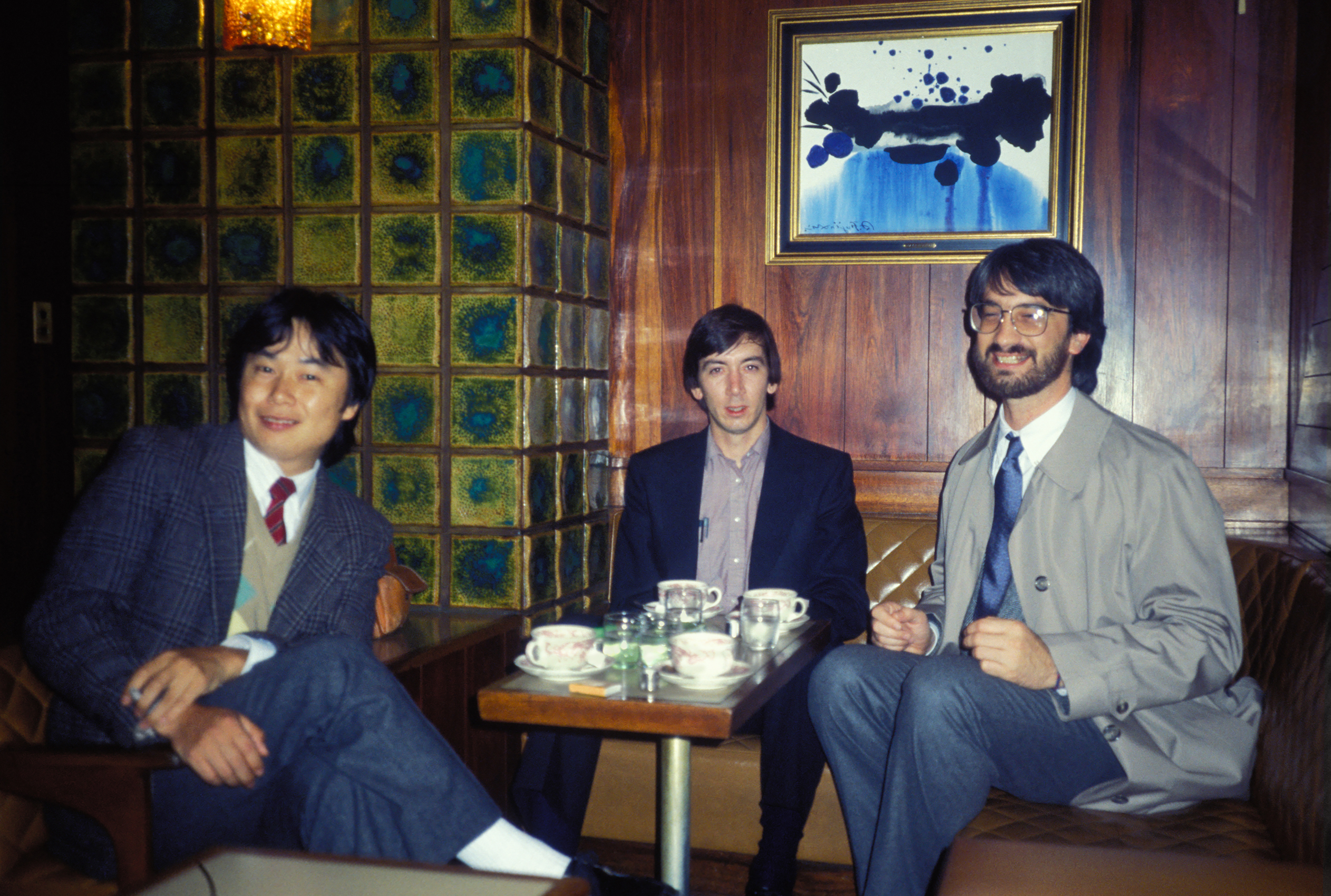The book SimCity: How to Put the World into a Machine, published by MIT Press, was written by Chaim Gingold and outlines the history of not only Maxis and The Sims, but also another “sims” franchise.
SimCity was released on the SNES (actually, it was scheduled to be released on the NES, but this port was canceled and has since been preserved and you can download this port), and the whole story begins in 1989. Maxis co-founder Jeff Brown received a call Phone from Nintendo. Miyamoto Shigeru wanted SimCity to be on Japanese consoles because he envisioned a game where they could create their own world, and after covering SimCity, he wanted to “put his own stamp on it.”
The next day, Brown immediately boarded a plane to Redmond, Nintendo's US headquarters. Here he met Howard Lincoln and Araquava Minoru, presidents of Nintendo's American branch. Lincoln's offer was that Big N would handle the outlet, Maxis would get a royalty of $1 per strip, and if Brown signed the contract at that time, he would pass Brown a check for $1 million ($2.5 million in today's money) across the table. Brown agreed, and a few months later, he and SimCity designer Will Wright traveled to Kyoto, where Nintendo treated the duo like family. The Miyamoto-Brown-Wright trio was also photographed there in the Japanese city.
Wright spent a week working with Miyamoto on console modification ideas for SimCity, and in the evenings Miyamoto would take them out for fun, and one night they played pachinko. During the meeting, the green-haired character Dr. Wright, who serves as a consultant to the game port, was also born. According to Gingold, this was Nintendo's tribute to Will Wright, which is why Dr. Wright was fun but eccentric, because Will was a knowledgeable but silly developer. Dr. Wright later appeared in two Zelda games as well as Super Smash Bros.
Gingold told PCGamer that 1993's SimCity 2000 was definitely inspired by Wright and Brown's experience with Nintendo and Miyamoto. Wright's career was taking off around that time (he was 29 in 1989) and he served as a protégé of Miyamoto (the Japanese developer was in his late 30s)…
source: PCGamer














































